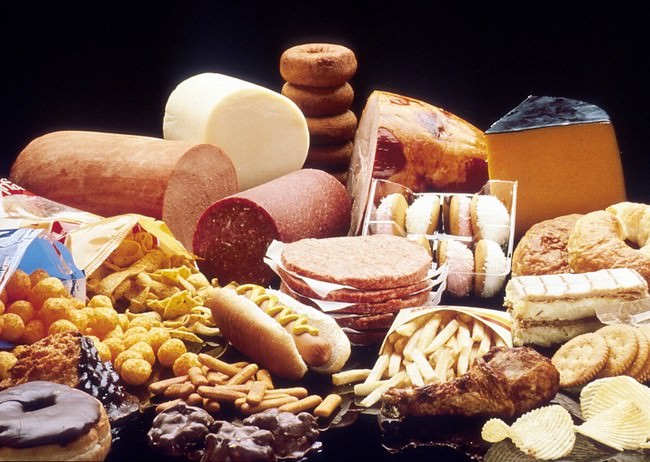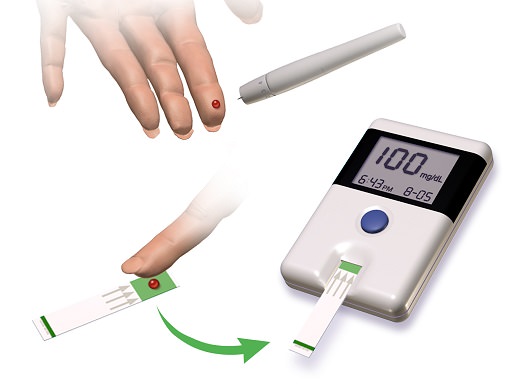
|
Have you noticed that when you (or a loved-one) wait too long between meals, you become irritable, confused, nauseated or fatigued? That means you’re most likely experiencing symptoms of postprandial hypoglycemia. |
 |
|
Postprandial hypoglycemia (also known as “Reactive hypoglycemia”) translates as “Low blood sugar which occurs after eating”. In postprandial hypoglycemia, a non-diabetic person experiences reoccurring symptoms similar to those of medical hypoglycemia. Medical hypoglycemia is a state where there are abnormally low levels of glucose in the blood, resulting in an inadequate supply of it to the brain. What causes hypoglycemia?
Postprandial hypoglycemia usually manifests about 4 hours after consuming a large carbohydrate meal or a high consumption of glucose. Healthy adults maintain a blood glucose level of around four mmol/L when between meals. If the level drops below four mmol/L, hypoglycemic symptoms may appear. The U.S. National Institute for Health (NIH) states that "The causes of most cases of reactive hypoglycemia are still open to debate. Some researchers suggest that certain people may be more sensitive to the body’s normal release of the hormone epinephrine, which causes many of the symptoms of hypoglycemia. Others believe deficiencies in glucagon secretion might lead to reactive hypoglycemia.” |
|
Symptoms:
|
|
Treatment
You can purchase a blood glucose meter in most pharmacies if you wish to test the levels of glucose in your blood. The NIH recommends taking the following steps:
Foods you should avoid:
Foods that are good for you:
|
 |
|
|
|
For more information, or if you suspect you might be suffering from hypoglycemia, consult with your family physician. |
| Image sources: Discouraged foods / Testing kit / Encouraged foods |

The Healthiest Way to Eat Dessert According to Science...
According to scientists, there's actually a 'healthier' way to eat sugary food. Read all about it here...
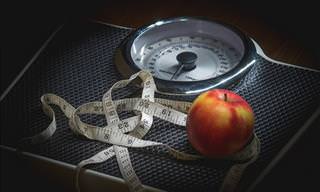
10 Foods That Interfere With Your Body's Metabolism
The metabolic rate in our body is in charge of many processes in the body, and these 10 foods can damage it.

These Food Cravings Could Indicate Health Problems
Studies show that certain food cravings and eating habits could be your body's way of telling you that there is a problem.
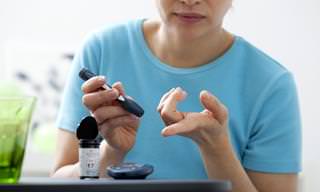 18:22
18:22
A New Way of Fighting Diabetes Has Been Found
Diabetes is one of the worst epidemics that humans have experienced in their history, but now there's a new way of fighting the illness. Watch this video.
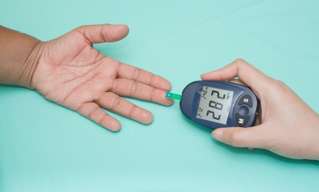
This Guide Will Help You Detect Diabetes Before it Happens
Know the early signs of diabetes in time with this helpful guide. Avoid one of the biggest epidemics of our generation because early detection is key if you want to stay ahead of it.
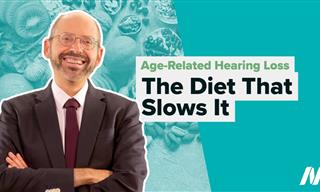 4:02
4:02
This Diet Slows Down Hearing Loss
Certain diets can preserve and maintain good hearing while slowing hear loss.
 3:33
3:33
What Causes Constipation? Find Out Here...
What's behind constipation? This informative TED-Ed video sheds some light on the matter!
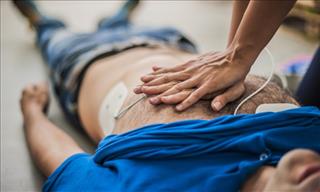
In an Emergency, It's Crucial to Know Some CPR...
This guide will take you through the information you need to know to perform CPR. Let's hope you never need to use it.
 6:35
6:35
The "Longevity Vitamin": Where Can You Get Some?
Watch the video to understand all about Ergothioneine, and why it's referred to as the "longevity vitamin".
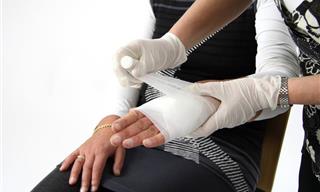
9 Common Mistakes We Make When Giving First Aid
The 9 most common errors made when providing first aid for simple medical cases.
 11:00
11:00
Melt Away Neck Pain and Tension Headaches With These Tips!
Tension at the base of the neck is a common cause of tension headaches, neck pain, and many other issues. Let these 3 exercises help you in just a few minutes!
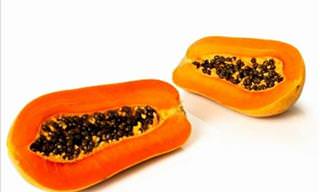
Everything You Wanted to Know About Healthy Tropical Fruits
Learn about eight easy-to-come-by tropical fruit that are both delicious and oh-so-healthy for you!
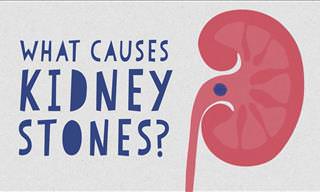 5:15
5:15
Discover What Really Causes Kidney Stones In This Video
Kidney stones can be an incredibly painful affliction, often leading to surgery in order for them to be removed from the body. Find out what causes them here.
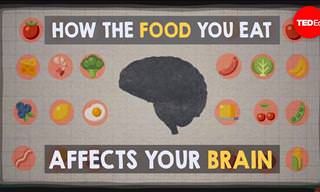 4:53
4:53
You Are What You Eat: How Foods You Eat Affect Your Mood
In recent years we discovered how incredibly important a good diet is in preventing neurodegenerative diseases. Here's how it works.
 5:06
5:06
Here's a Fast Technique to Put You to Sleep In 1 Minute
Struggling to fall asleep at night? Here’s a super exercise that might make you doze off in just 60 seconds.
 14:18
14:18
Learn Three Vagus Nerve Exercises for Anxiety Relief
In this video, you'll be shown three exercises of the vagus nerve to help mitigate anxiety and promote peacefulness.
 17:08
17:08
These Weigh Loss Myths are Common But Simply Not True
A video where dietitians debunk 18 common misconceptions on weight loss.
 1:11
1:11
Here's a Quick Guide to Instantly Clearing a Blocked Nose
Got a congested nose? Remember these priceless tricks and thank us later!
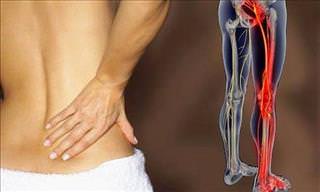
Alleviate Your Sciatica Symptoms Using 6 Simple Exercises
Sciatica can be horrendously painful, but there are numerous exercises you can do in order to alleviate your symptoms. Try the 6 I'm about to show you.
 25:34
25:34
Yoga for Chronic Pain: Gentle Practice to Soothe and Calm
25 minute yoga tutorial you can follow from home that will help you function better on the day to day if you are suffering from chronic pain
 2:24
2:24
How Does Losing Weight Affect Our Bodies? Find Out Here!
Ever wondered what weight loss does to your body and brain? If so, you're about to find out!
 9:44
9:44
Every Senior Must Do These Simple Seated Exercises
Seniors will find this video extremely helpful.

Breakthrough: Lion's Mane Mushrooms Boost Memory & Nerves!
Researchers have recently uncovered the mushroom's potent compounds, particularly hericene A, that could help nerve cells grow and better interact with each other.
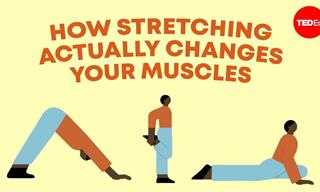 5:03
5:03
The Secret to Flexible Muscles: How Stretching Works
Discover the actual effects of stretching on your muscles and learn ways to enhance your flexibility.
 12:14
12:14
What Drinking Whiskey Actually Does to Your Body
While we now know that whiskey isn't the cure-all medicine people once though it was, it does have a few proven health benefits.
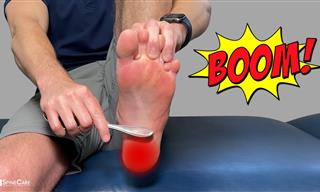 13:10
13:10
Relieve Pain in the Feet and Heels in Just a Few Minutes!
Do you experience frequent pain at the bottom of the feet? If so, check out these simple exercises for instant relief!

Ever Heard of Sorghum? Hint: it's Something You Eat
In this article, we will learn about sorghum, an ancient wild grain compatible with gluten-free and diabetic diets.
 10:18
10:18
This Doctor Tried the Keto Diet and This is What He Thinks
Curious to try the KETO Diet? Listen to what a doctor has to say first.
 11:45
11:45
What Happens When You Quit Sugar? You'll Be Surprised!
What happens to your body when you quit sugar? Find out!
 2:02
2:02
5 Common Myths About Sugar We Must Stop Believing
In this video, we discover the truth behind 5 of the most common myths about sugar.
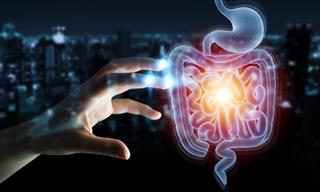
IBS vs. IBD: Which Bowel Disease Is It?
Understanding the distinctions between Irritable Bowel Syndrome (IBS) and Inflammatory Bowel Disease (IBD) is crucial.
 4:42
4:42
De-Stress Your Brain in 30 Seconds With These Simple Tips
A doctor shows a useful and simple technique with the help of which you can achieve instant relaxation. Find out more...
 6:32
6:32
Unusual Signs of Vitamin B3 Deficiency You Mustn't Ignore
You may not realize you have Vitamin B3 deficiency!
 9:57
9:57
The Shocking Truth About Eggs and Heart Disease
What exactly do eggs do to our arteries? Find out the truth.

Beat Spider Veins With These Efficient, Natural Tips
Do you suffer from spider veins? Take advice on how you can treat or avoid them without paying a penny!
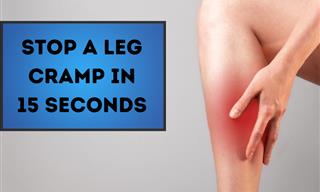 8:25
8:25
How to Stop Leg Cramps Immediately - The Perfect Remedy
If you're over 50 and have regular leg cramps, stop everything and watch this video.
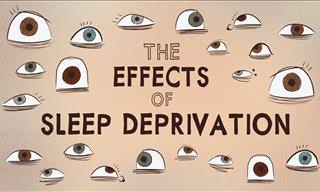 4:35
4:35
A Lack of Sleep Can Cause These Detrimental Effects
We all know sleep is important. But what ACTUALLY happens in the body when we don't sleep?
 6:37
6:37
3 Ways to Get Rid of Heartburn WITHOUT Using Antacids
Struggling with acidity and heartburn issues? These tips will help.
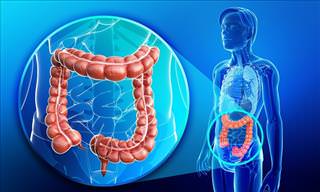
How to Treat an Obstruction in Your Stomach
Did you know that you can naturally treat gastric obstructions by adding to organic ingredients to your diet?
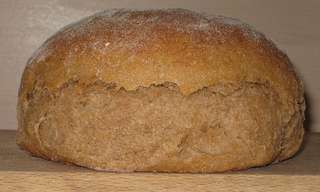
10 Great Uses For Your Leftover Stale Bread
Sometimes bread gets stale, but next time don't throw it away - you can still put it to good use!
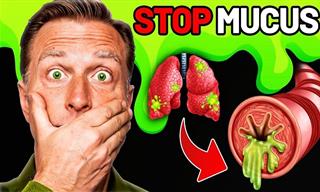 16:30
16:30
Constantly Clearing Your Throat? Try These Remedies
Frustrated with constant throat clearing? Try these remedies.

Owning a Cat Can Do Wonders For Your Health!
Pet ownership, especially cat ownership, can improve the quality of a person's life. Here are 10 health benefits of owning a cat.
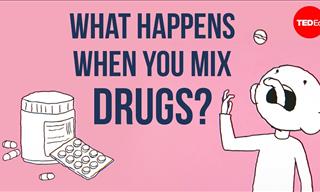 5:04
5:04
Important: The Dangers of Mixing Drugs Explained
What happens when we mix these drugs? Find out in this informative video.
 16:42
16:42
A Beginner's Guide for Your First Yoga Class
No prior knowledge of yoga is needed for this lesson, which will leave you knowing yoga's basics moves that you can practice at home!
 7:19
7:19
Doctors Explain: 2 Powerful Tools in Dealing With Anxiety
A renowned doctor equips you with not one, but two phenomenal tools to effectively manage and control your stress.
 2:48
2:48
If Your Feet Hurt, Then You Should Really Try This...
Want to banish plantar fasciitis for good? Here are some exercises that you simply must try!

Study: Can Our Sense of Time Heal Us Faster?
A recent groundbreaking study delves into how our perception of time can significantly impact the physical process of healing.



